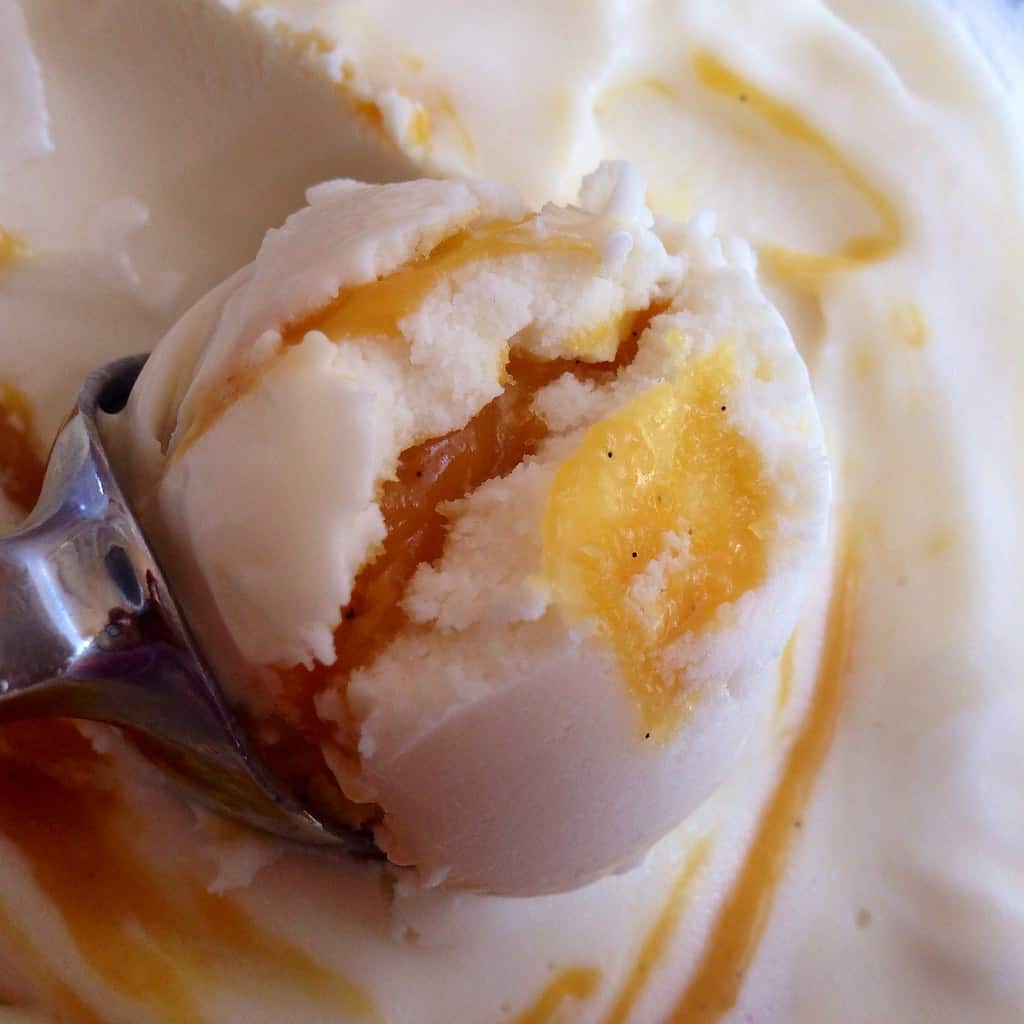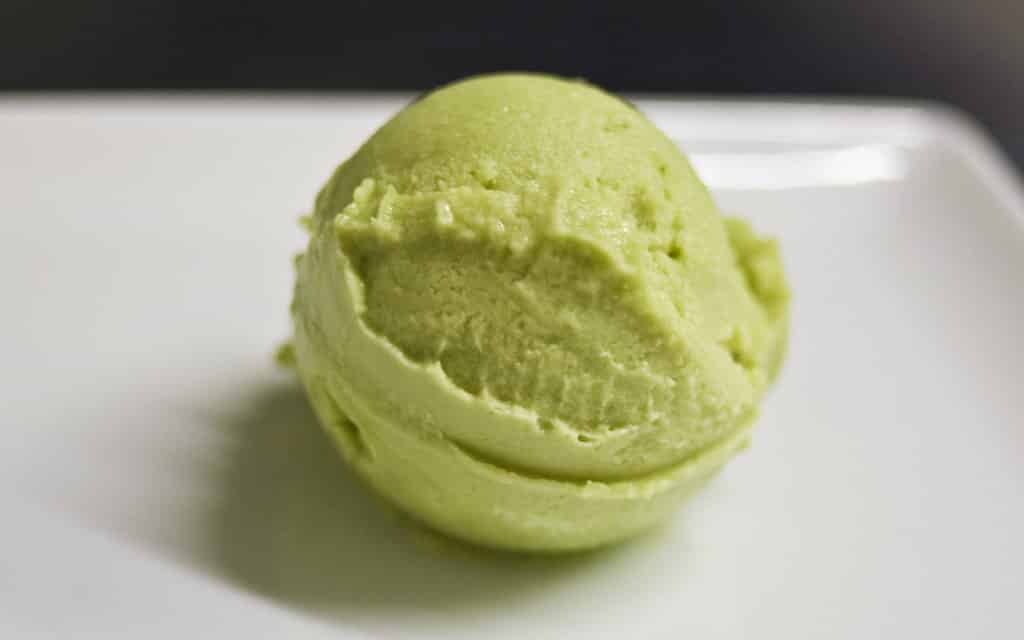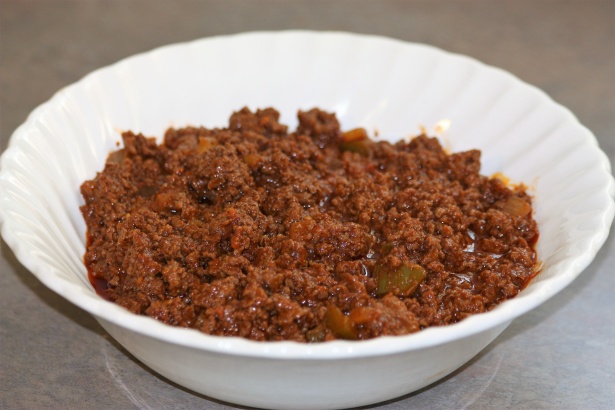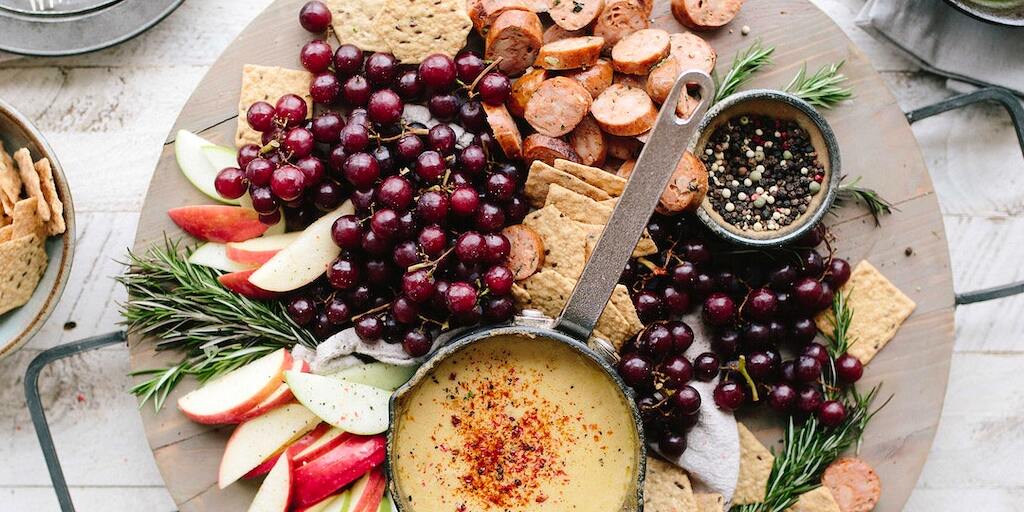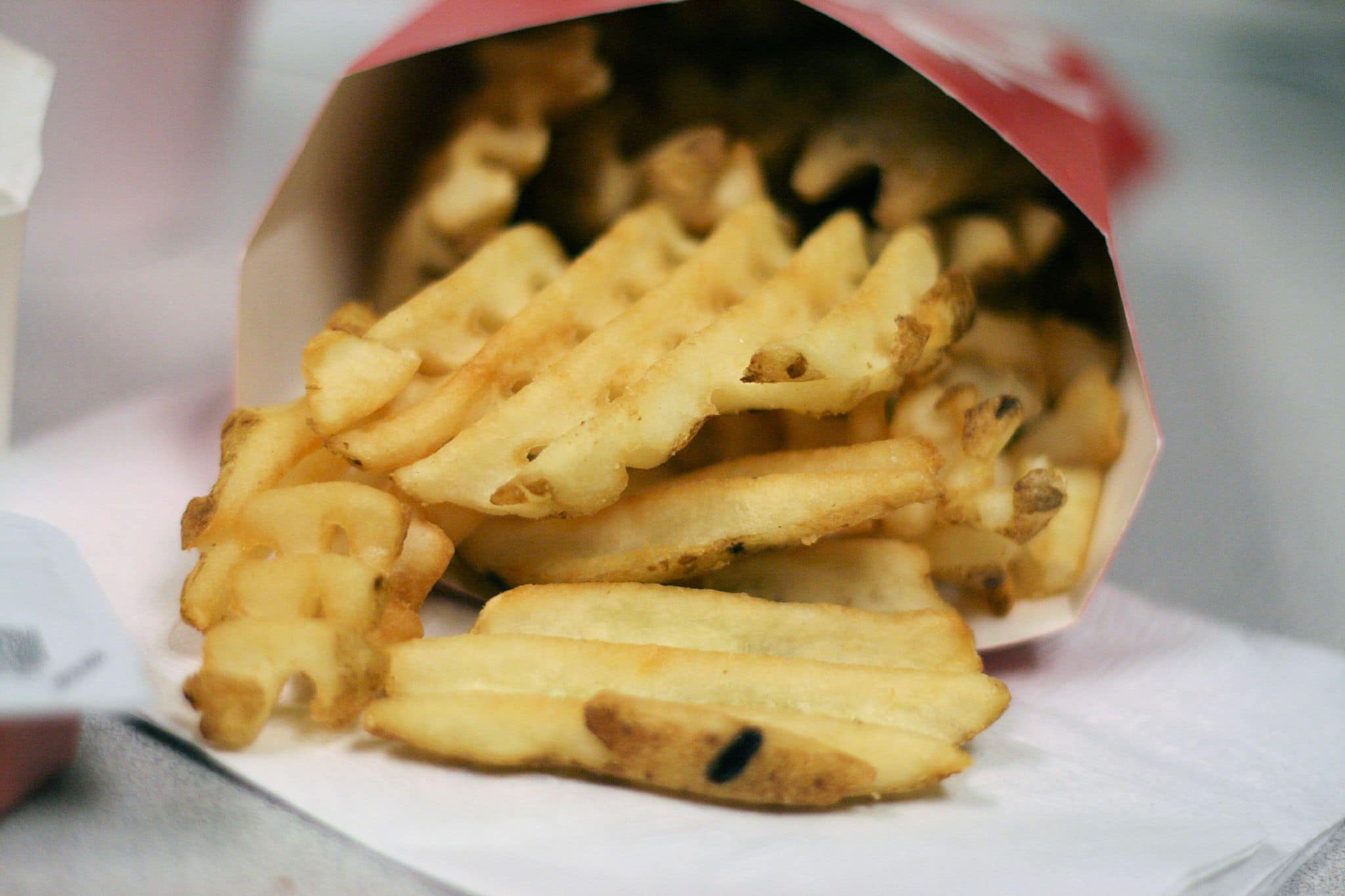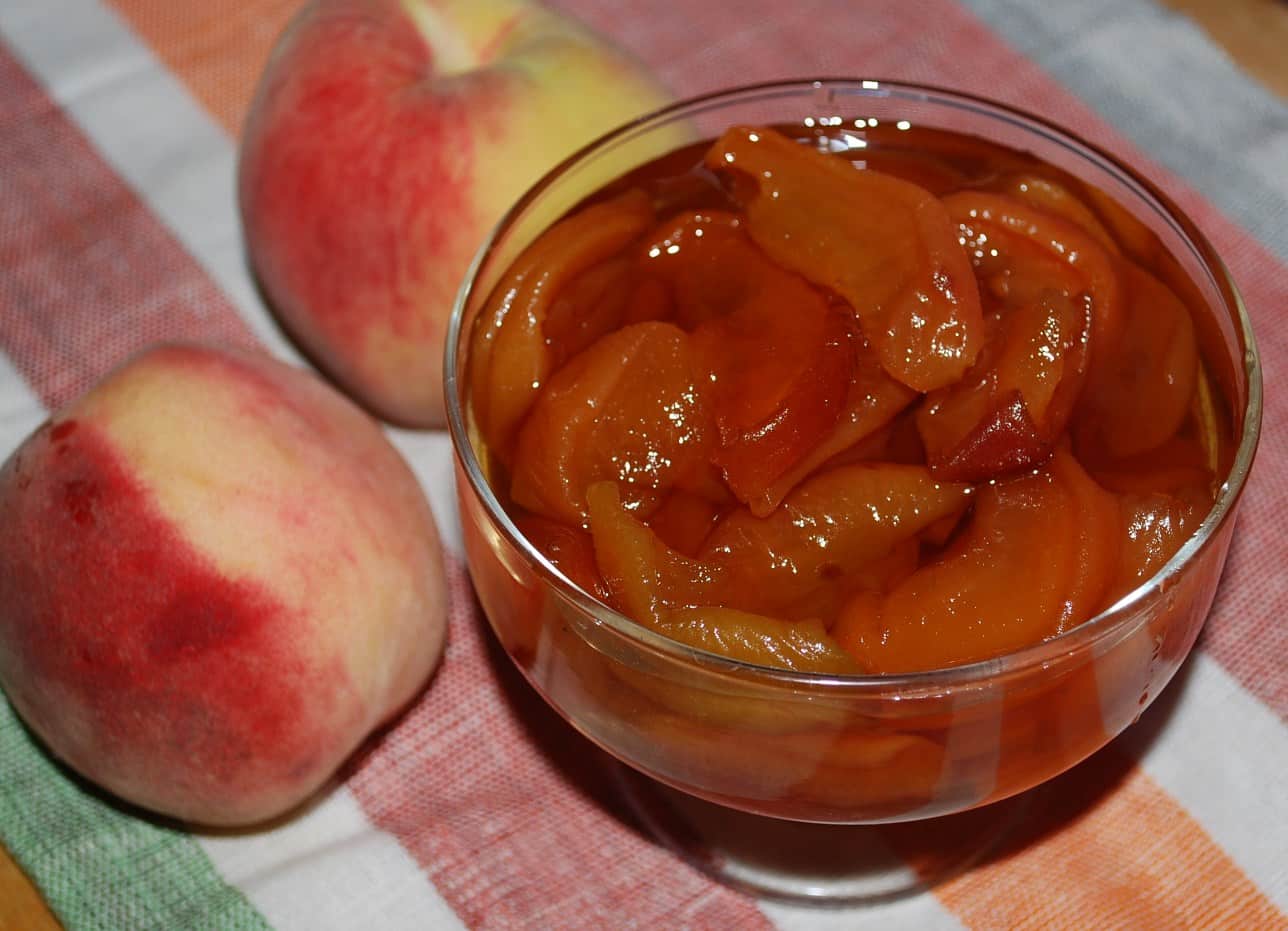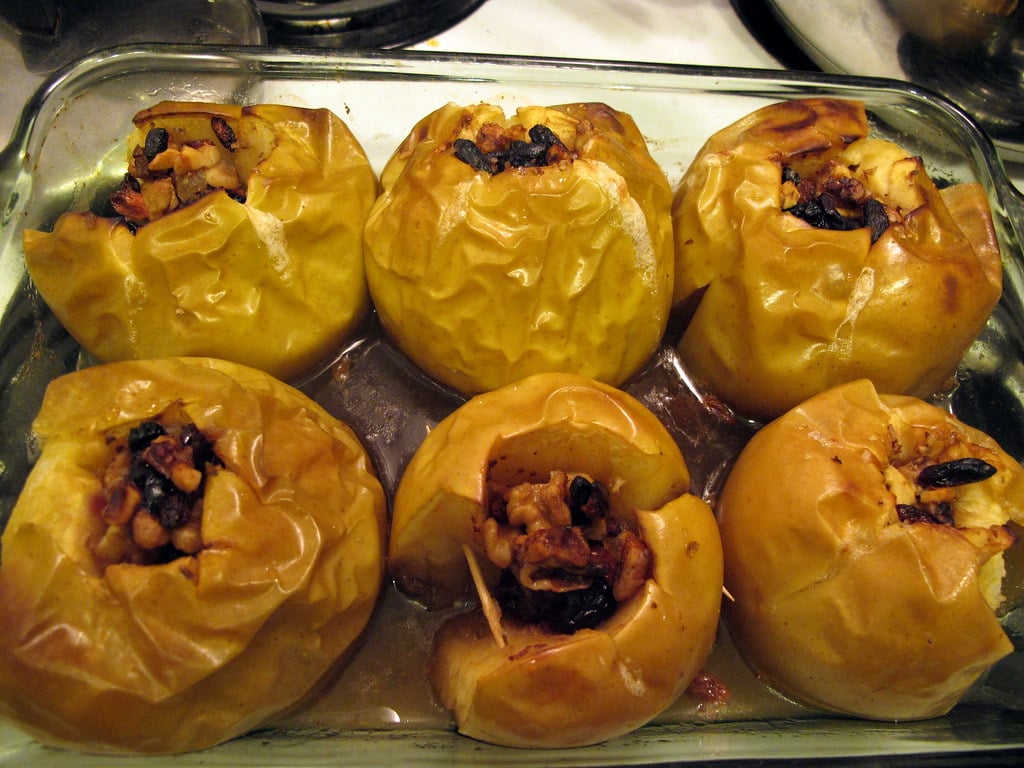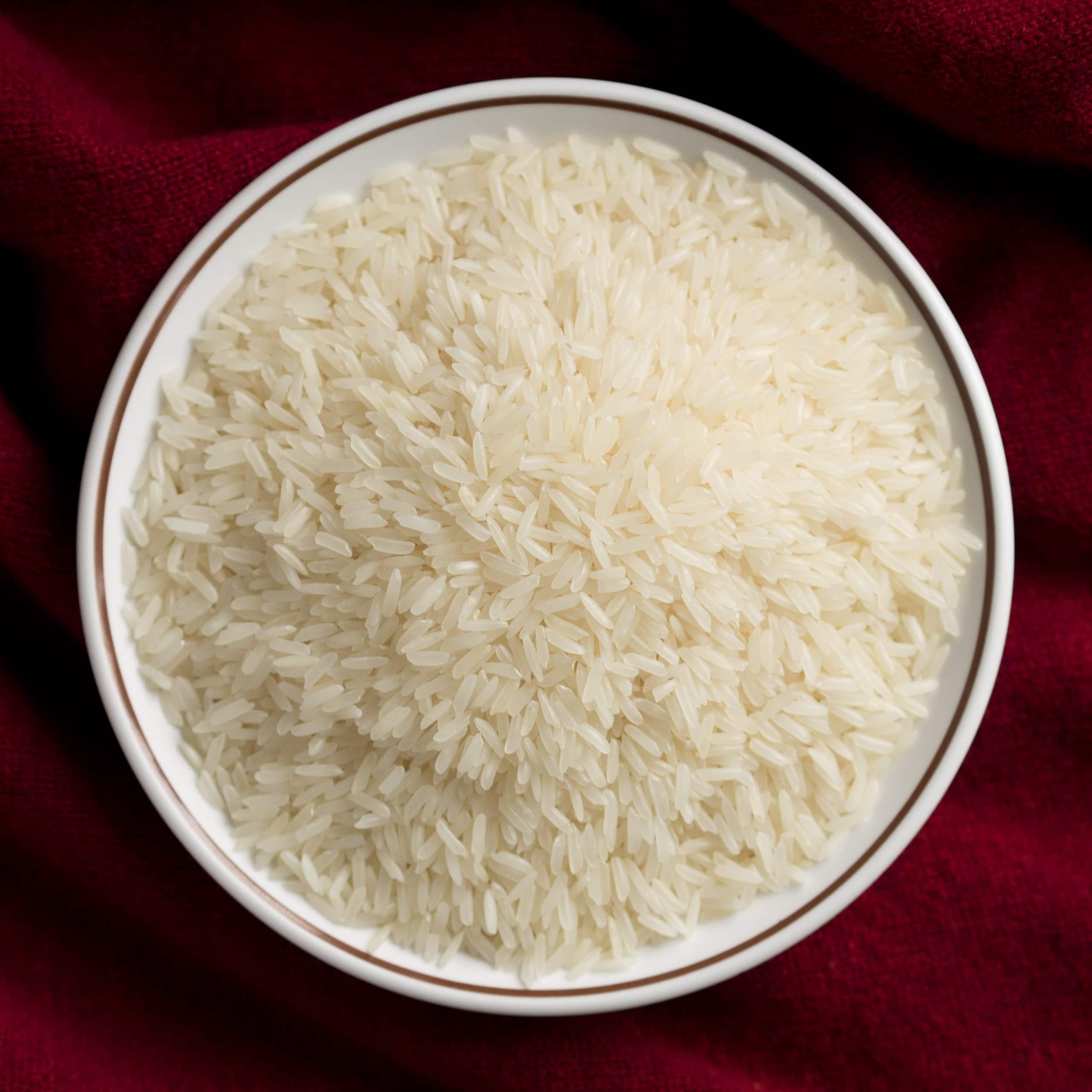Wonder how much garlic makes a meal shine? Garlic flips a dull dish into a flavor explosion, but dumping in too much can drown everything out. One or two cloves usually nail the taste without stealing the show. Studies say garlic not only tastes great but also powers up your immune system and can lower blood pressure. Here’s a cool tip: smashing garlic hits hard and sharp, while chopping it fine softens the flavor. Mastering garlic’s secret changes your cooking game and takes away the guesswork. Keep reading to find out the trick that makes every dish burst with perfect flavor.
We’ve all been there.
You’re in the middle of cooking and realize you have no idea how many cloves are in a tablespoon and whether or not you need to use one or two cloves.
So, how many tablespoons in a garlic clove?
Garlic clove is equivalent to one teaspoon.
This means there are three cloves in a tablespoon and six teaspoons in a tablespoon.
Thus, if you need two cloves of garlic, use two teaspoons or one tablespoon of garlic.
This article will discuss how to measure garlic cloves if you don’t have a tablespoon.
We’ll go over the conversions for teaspoons, metric measurements, and even how to mince garlic without any measurements at all.
How to Measure Garlic
Many recipes will call for a certain number of garlic cloves, for instance, two cloves of garlic.
You can use teaspoons, tablespoons, or grams to measure the garlic cloves.
However, using grams might be a bit more difficult since you would need to know how much a garlic clove weighs.
Essentially, the above three measurements aren’t 100% accurate.
This is because the size of garlic cloves can vary greatly.
For example, one small clove of garlic could be the size of a pea, while a large clove could be the size of a marble.
Perhaps before knowing how much crushed garlic equals a clove or how many teaspoons is 6 cloves of garlic, it would be more beneficial to understand what garlic is and the difference between garlic bulb, cloves, and garlic powder.
What is Garlic?
Garlic is a species in the onion genus, Allium.
Its close relatives include the onion, shallot, leek, chive, and Chinese onion.
Garlic grows under the ground in the form of a bulb.
This bulb is then composed of smaller sections, which are cloves of garlic.
You can use both garlic bulbs and cloves for cooking.
For example, you could roast a whole garlic bulb or use individual cloves.
Garlic powder is also made by grinding up dehydrated garlic cloves into a fine powder, which you can use as a spice.
Garlic Bulb vs Garlic Clove
A bulb of garlic is the entire section that grows underground, and clove is an individual section of the bulb.
You would use a whole garlic bulb or individual cloves in cooking.
Garlic cloves have a papery skin that can be peeled off.
Once you remove the skin, the cloves can be used whole or minced.
How to Mince Garlic
Minced garlic is small pieces of garlic that have been chopped up.
It’s made by cutting garlic cloves into small pieces using a knife.
You can also use a food processor to mince garlic cloves.
To mince garlic without a food processor, peel off the clove’s skin.
Then, using a sharp knife, chop the garlic in half lengthwise.
Next, lay the flat side of the knife over the garlic and smash it; and then chop the garlic into small pieces using a back-and-forth motion.
How Much is a Clove of Garlic?
Perhaps you are wondering how much is 1 clove of garlic or even how many cloves are in a head of garlic.
Remember, the size of garlic cloves can vary greatly, but, on average, one bulb of garlic contains about 10 to 12 cloves.
This means that one tablespoon of garlic would be equivalent to three or four cloves.
Mincing, dicing, or chopping garlic cloves into small pieces is a great way to flavor your dishes.
However, the three modes of preparing garlic cloves (minced, diced, or chopped) aren’t the same, and they would result in divergent measurements.
How much Minced Garlic in a Clove?
The following table shows measurements comparing how much-minced garlic is in a clove, cup, a teaspoon, and a tablespoon.
Table Showing Cloves to their Equivalency in Standard Measuring Units
| Cloves | Teaspoons | Tablespoons | Cups |
| 1 | 1 | ||
| 2 | 2 | ||
| 3 | 1 | ||
| 6 | 2 | ||
| 8 | 3 | ||
| 10 | ¼ | ||
| 12 | ⅓ | ||
| 16 | ½ | ||
| 32 | 1½ | ||
| 64 | 2 |
How Much Garlic Powder in a Clove
When using garlic powder, there are a few things you should know.
First, garlic powder is more potent than fresh garlic cloves.
This means that you would need to use less garlic powder than minced garlic or chopped garlic when cooking.
Secondly, one teaspoon of garlic powder is the equivalent of about three cloves of fresh garlic.
For instance, how many teaspoons is in a clove of garlic is a question with a simple answer of ⅓.
This means that if a recipe calls for one tablespoon of garlic powder, you would need to use three cloves of minced garlic or one and a half teaspoons.
What is the Average Size of a Garlic Clove?
A cook should readily approximate how much garlic in a clove they need for a recipe.
However, the average size of garlic clove can vary greatly.
For instance, some cloves can be as small as a pea while others can be as large as a golf ball.
As a general rule of thumb, one medium-sized clove of garlic is equivalent to one teaspoon of minced garlic or one-third of a teaspoon of garlic powder.
If you are using larger cloves of garlic, you may want to use less than one clove per teaspoon.
Conversely, if you are using smaller cloves of garlic, you may want to use more than one clove per teaspoon.
Keep in mind that the size of the cloves can also affect the flavor of your dish.
For instance, if you are using large cloves of garlic, your dish may have a more pronounced garlic flavor.
On the other hand, if you are using small cloves of garlic, your dish may have a more subtle garlic flavor.
What Does a Garlic Clove Look Like
A clove of garlic is a small, white, cone-shaped piece of garlic.
It has a pointed and flat end.
Garlic cloves have irregular shapes and are usually about one to two inches long.
The hard-necked garlic cloves are brownish in color and have a milder flavor than the white garlic cloves.
While the soft-necked garlic cloves are rusty brown in color and have a sharper flavor.
What is the Best Way to Store Garlic?
You should store garlic in a cool, dark place.
Garlic can be stored in a garlic holder on the countertop or in the refrigerator.
If you store garlic in the fridge, it will last for about two weeks.
You can also store garlic in a tightly sealed container in the freezer for up to six months.
When storing garlic, you should keep it away from other foods because the garlic aroma can transfer to other foods.
Additionally, you shouldn’t store garlic in aluminum foil because it can cause the garlic to develop a metallic taste.
How to Tell if Garlic is Bad
Fresh garlic can get spoilt and go bad.
When the garlic starts to spoil, it will develop green shoots in the center of the clove.
The cloves will also start to shrink and wrinkle.
You should throw out garlic that has these signs of spoilage.
Additionally, you shouldn’t use garlic if it has a moldy smell or if the cloves are mushy.
The storage duration of garlic depends on how it’s stored.
For instance, garlic that is stored in a cool, dark place can last for up to two months.
However, garlic that is stored in the refrigerator will only last for about two weeks.
So, how do you tell if garlic is good for cooking?
Smell: Fresh garlic should have a strong, pungent aroma. If the garlic doesn’t smell very strong, it’s probably starting to go bad.
Texture: Fresh garlic cloves should be firm and crunchy. If the cloves start to shrivel or wrinkle, they’re not fresh anymore.
Color: The color of fresh garlic cloves should be white or pale pink. If the cloves start to turn brown, they’re not fresh anymore.
What are the Benefits of Eating Garlic?
Now that you know how many tbs is a clove of garlic, let’s look at some of the benefits of eating garlic.
Garlic is a natural antibiotic: Garlic has been used as a natural antibiotic for centuries. It’s effective in treating respiratory, skin, and even dental infections.
Garlic boosts the immune system: Garlic is rich in antioxidants that help boost the immune system. Additionally, garlic contains allicin, an antibacterial compound that helps fight off infections.
Garlic lowers cholesterol: Garlic contains compounds that help lower cholesterol levels in the blood.
Garlic aids in digestion: Garlic helps improve digestion and prevent gastrointestinal issues like constipation and diarrhea.
Conclusion
Seasoning your dishes with garlic is a great way to add flavor and get some health benefits at the same time.
Now that you know how many tablespoons in one clove of garlic, you can use garlic to flavor your dishes without worrying about the measurements.
Just remember to store garlic in a cool, dark place so that it doesn’t spoil; and if you’re not sure if garlic is still good, just give it a smell test.
If it smells strong and pungent, it’s probably still good to use.
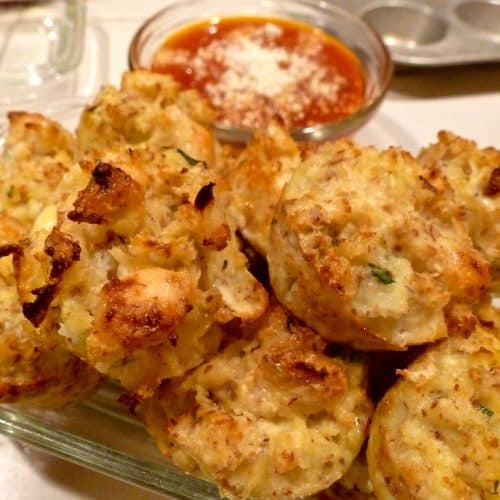
Zucchini Garlic Bites Recipe
Equipment
- 1 bowl
Ingredients
- 1 zucchini cut into bite-sized pieces
- 1/4 cup olive oil
- 3 cloves garlic minced
- 1/2 teaspoon salt
- 1/4 teaspoon black pepper
- 1/4 cup Parmesan cheese
Instructions
- The first step is to preheat your oven to 400 degrees Fahrenheit. Then, cut the zucchini into bite-sized pieces.
- Next, add the olive oil, garlic, salt, and pepper to a bowl and mix everything. Then, add the zucchini pieces to the bowl and coat them in the mixture.
- Next, line a baking sheet with parchment paper and spread the zucchini pieces out on the sheet. Then, bake the zucchini for 20 minutes.
- Finally, remove the zucchini from the oven and sprinkle with Parmesan cheese. Serve immediately. Enjoy!
Video
Nutrition
- 25 Simple Lemon Dessert Recipes - January 2, 2026
- 25 Delicious Jalapeno Recipes - January 2, 2026
- 25 Homemade Sour Cream Recipes - January 2, 2026
